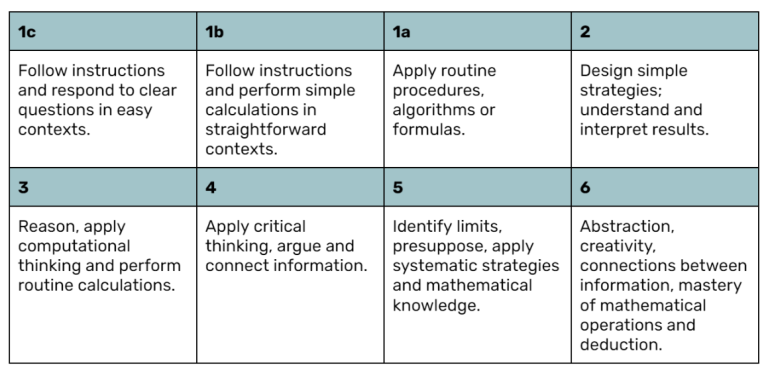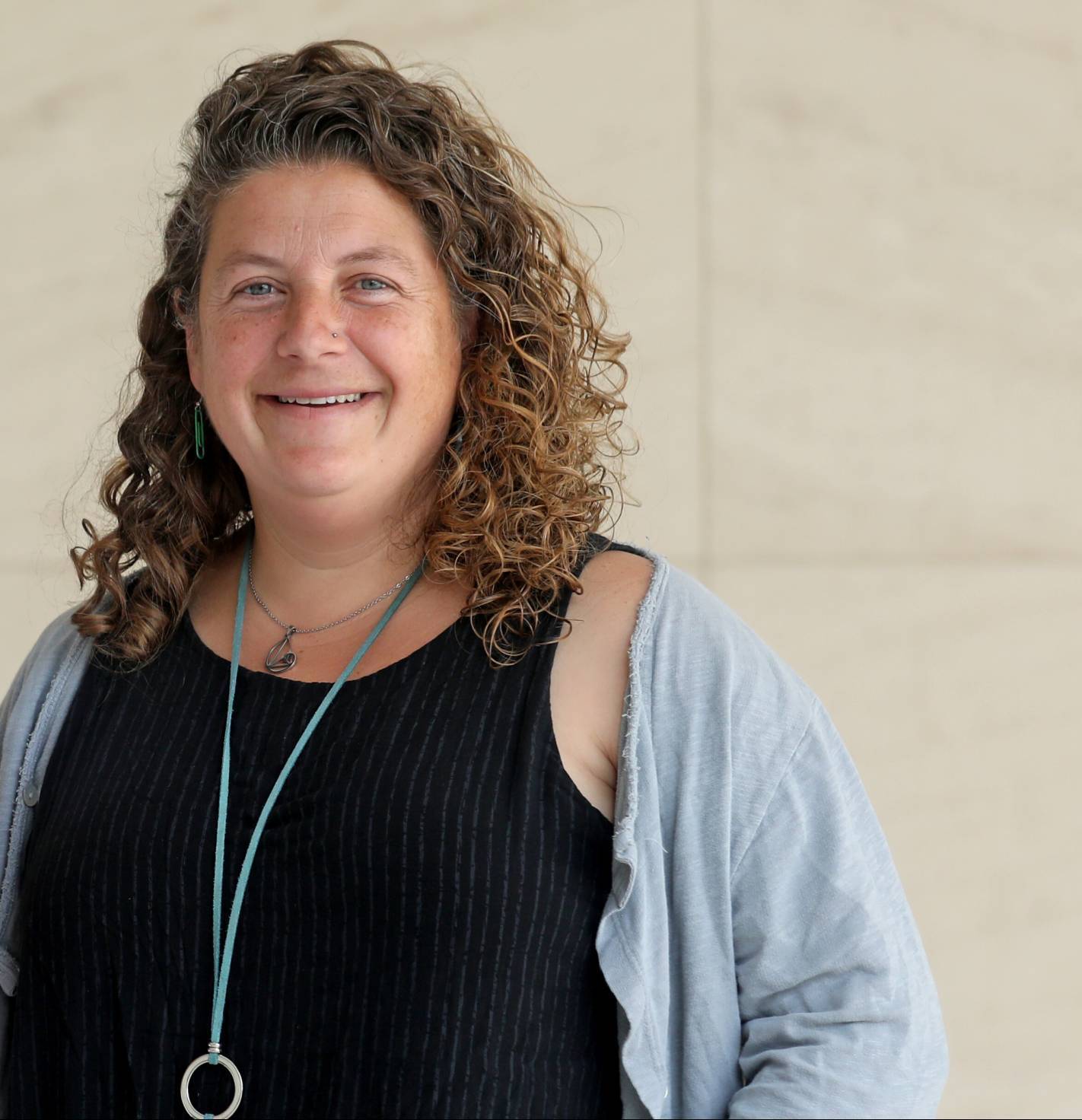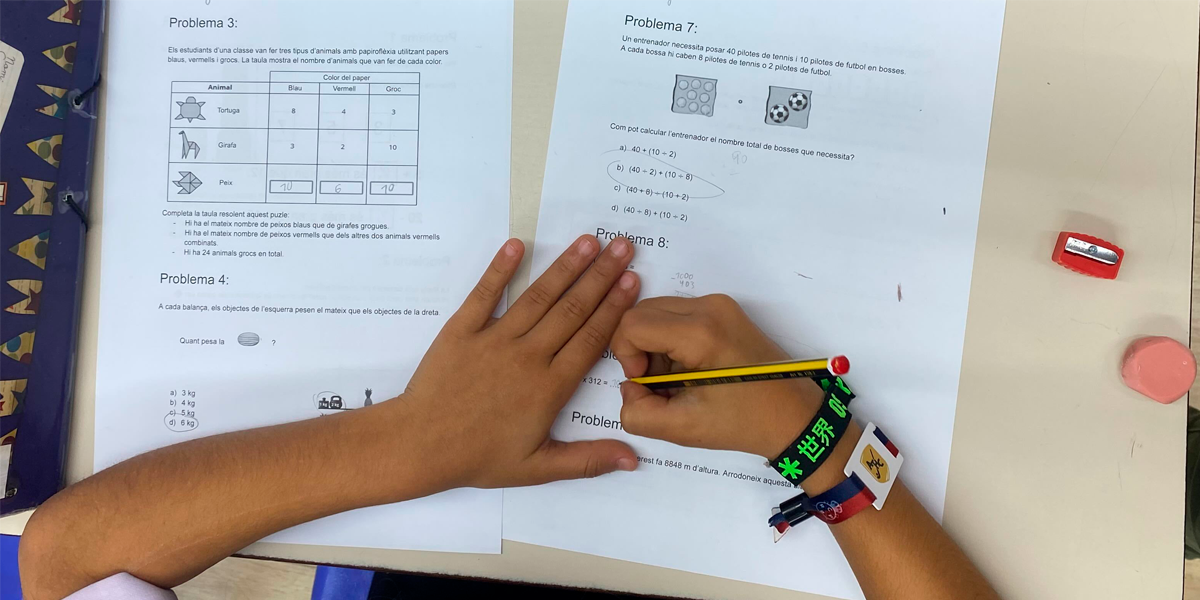What are the PISA tests? What do they analyze, exactly? What problems are posed to the students? What can we do to improve the results?
In recent weeks we have been carrying out and analyzing problems released from the PISA 2022 tests to gain an in-depth understanding of the skills and knowledge evaluated by these standardized tests. In fact, below is the recording of the webinar that we organized in order to share with all of you the conclusions we reached:
What are the PISA tests?
- What are they?
Standardized assessments carried out internationally every 3 years, organized by the OECD (Organization for Economic Co-operation and Development).
- Why are they carried out?
To understand students’ skills when analyzing and solving problems, handling information and tackling situations that will arise in their adult lives.
- What’s the objective?
That participating countries adopt the decisions and public policies necessary to improve education levels.
- What do they evaluate?
Reading comprehension and knowledge and skills in mathematics and science.
- Who can take them?
Students 15 years of age.
What do the results of the PISA 2022 tests reflect?
The results reflect that competency learning is the way forward, but we still have a long way to go. To successfully pass the PISA tests, it is necessary to know how to deduce, pinpoint patterns, interpret… It is not about transmitting theoretical knowledge through the repetition of exercises, memorization and mechanization, but rather students must be encouraged to observe, discover, connect ideas and solve problems.
The OECD assesses students’ mathematical skills by classifying exercises into performance levels. Low scoring levels are assigned to content such as basic operations, calculating percentages, or interpreting simple graphs. While the highest scores are assigned to more complex mathematical processes, such as reasoning, making connections, and arguing.
Below is a table indicating the performance levels along with the skills required to be able to do the tasks correctly:

What types of problems are posed to students?
- Familiarization with the platform used to take the exam: Students take the test on a digital platform. Each problem has different tools that they have to learn to use in order to perform the exercises correctly (spreadsheets, cost calculators, tables…). Students have access to a very detailed explanation about its use throughout the test, but we have to keep in mind that good reading comprehension level is required to be able to internalize the explanations.
- Use of a Calculator: Students have a calculator they can use during the test to facilitate the calculation of operations, including adding and subtracting. So, we can conclude that the test gives more importance to the evaluation of mathematical skills and abilities, rather than mental calculation or the repetition of algorithmic procedures.
- What is evaluated in the PISA tests? Vol. I: Triangle Patterns (in Spanish): A figure is presented with a pattern of red and blue triangles, and the students are asked to determine the percentage of blue triangles. This problem involves skills such as pattern visualization, understanding proportions, and the ability to make connections between mathematical concepts.
- What is evaluated in the PISA tests? Vol. II: The Solar System (in Spanish): On this occasion, we are immersed in a real context: the solar system. Specifically, the focus is on the distances between the planets and the Sun. This problem requires knowing how to visualize, apply abstraction and fully understand the concepts.
- What is evaluated in the PISA tests? Vol. III: DVD Sales (in Spanish): The context of this problem is the evolution of DVD purchases in the United Kingdom between 2008 and 2014. Here students are asked to know how to interpret and apply mathematical processes.
- What is evaluated in the PISA tests? Vol. IV: Buying a Car (in Spanish): This problem presents a common contextualized situation regarding the purchase and use of a vehicle. In this case, students are required to know how to discern what relevant information they should use to perform the calculations and to reason appropriately.
- What is evaluated in the PISA tests? Vol. V: Forest Area (in Spanish): In this problem the forest areas of different countries are compared. It involves skills such as interpretation, reflection, reasoning and correct understanding.
What solutions can be carried out?
Analyzing the results, we have realized that the problems that the students are unable to solve are those that require a level 5 or 6; meaning, problems that require deduction, making connections, and reasoning.
This is precisely what must be worked on in our classrooms. It is not only about coming to a deep understanding of the contents, but also about internalizing the mathematical processes. We will not see an improvement in results if we continue to push an educational model that encourages rote mechanization and the application of algorithms (levels 1 and 2 of the PISA tests). Math must be presented as a challenge that needs to be solved. And in this sense, teachers play a key role. We have to guide students towards solving problems through questions. This way, we will encourage them to think, deduce, observe patterns… If we encourage learning through math skills, the learning becomes much more significant and lasting.
The classroom has to be transformed into a place for problem-solving through conversation, experimentation and practice. It is essential to pique students’ curiosity around math, and to learn it constructively, without fear of making mistakes. This is the only way we will be able to reverse math anxiety. As teachers, our goal has to be to help build a competent society that thinks critically. Achieving this educational transformation requires the involvement of everyone.

How do PISA tests work?
The PISA tests are held every 3 years and each edition focuses more on one of the three areas (mathematics, reading comprehension or science). This means that the largest part of the exam (66%) focuses on one of the topics and the rest of the exam is divided into 17% for each of the other areas. For example, the years 2000, 2009 and 2018 revolved around reading comprehension; in 2003, 2012 and 2022 (they were done later due to the pandemic) on mathematics, and in 2006 and 2015 on science.
Participation in the tests is voluntary and whether a country does or does not participate is decided by their respective governments and educational institutions. If they participate, there is a fee to take the test. To carry out the PISA exam, representative samples of between 4 500 and 10 000 students per country are used.





